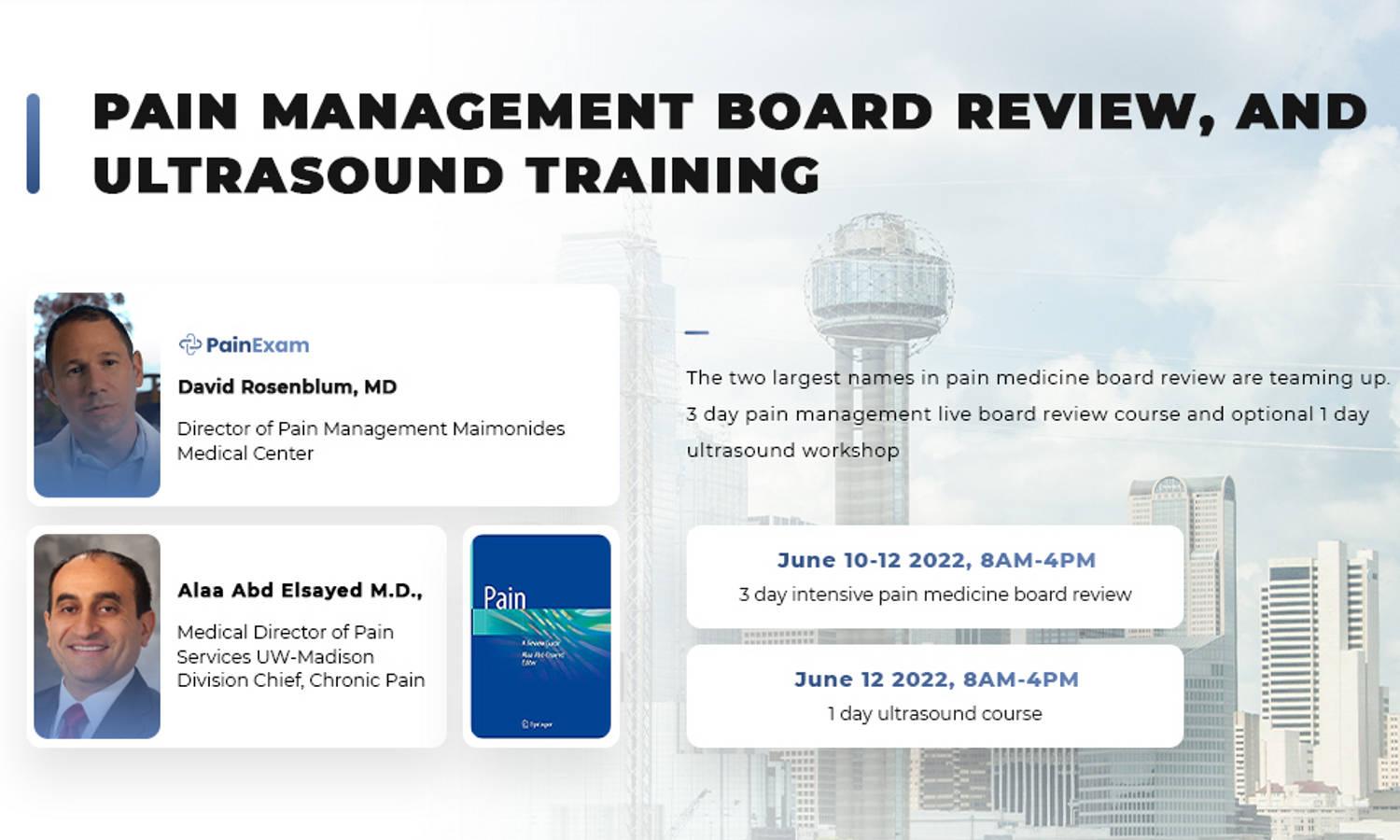
Individualizing the Management of Primary Immunodeficiency Disorders: Considerations in the Selection of Intravenous Immunoglobulin or Subcutaneous Immunoglobulin
English
Recorded Courses
hosted by Pharmacy Times Continuing Education (PTCE)
hosted by Pharmacy Times Continuing Education (PTCE)
attend it anywhere online
category
Healthcare Management, Medicine
Neurology, Allergy & Immunology
price
Free
Release date: October 1, 2022,Expiration date: October 1, 2023,Description:,Primary immunodeficiency disorders (PIDDs) refer to a large group of varying genetic disorders in which one’s immune system endures a developmental or functional deficit. As opposed to secondary immunodeficiency disorders wherein disorders result from external factors, PIDDs occur through genetic errors encoding for immunity. PIDDs have a wide range of effects, commonly resulting in susceptibility to infections, but also may result in a variety of other comorbidities of varying intensity and severity. Diagnosis and treatment of PIDDs and associated conditions proves challenging, as PIDDs are so widely variable. Immunoglobulin replacement, the strongest form of treatment, may be administered intravenously or subcutaneously depending on the severity of protection needed. Choosing between products and dosing for each also proves difficult due to varying aspects of patient cases. Pharmacists should have a strong understanding of PIDDs as well as the various treatment methods for them. This activity will provide pharmacists with the content to better understand PIDDs, including the development and disease process, treatment methods and management, comparing intravenous and subcutaneous immunoglobulin, and the role pharmacists have in the multidisciplinary approach to PIDDs.,Educational Objectives:,At the completion of this activity, participants will be able to:,Determine the etiology, pathophysiology, incidence, types, clinical presentation, and other related complications associated with primary immunodeficiency disorders (PIDDs),Explain the standard therapies used for the treatment and management of PIDDs,Compare intravenous versus subcutaneous immunoglobulin and patient factors to consider in the selection of these agents,Identify the role of the pharmacist in making clinical recommendations for the treatment and management of PIDDs, in educating patients and caregivers about intravenous and subcutaneous immunoglobulin products, and in monitoring patients for adherence and potential adverse effects









